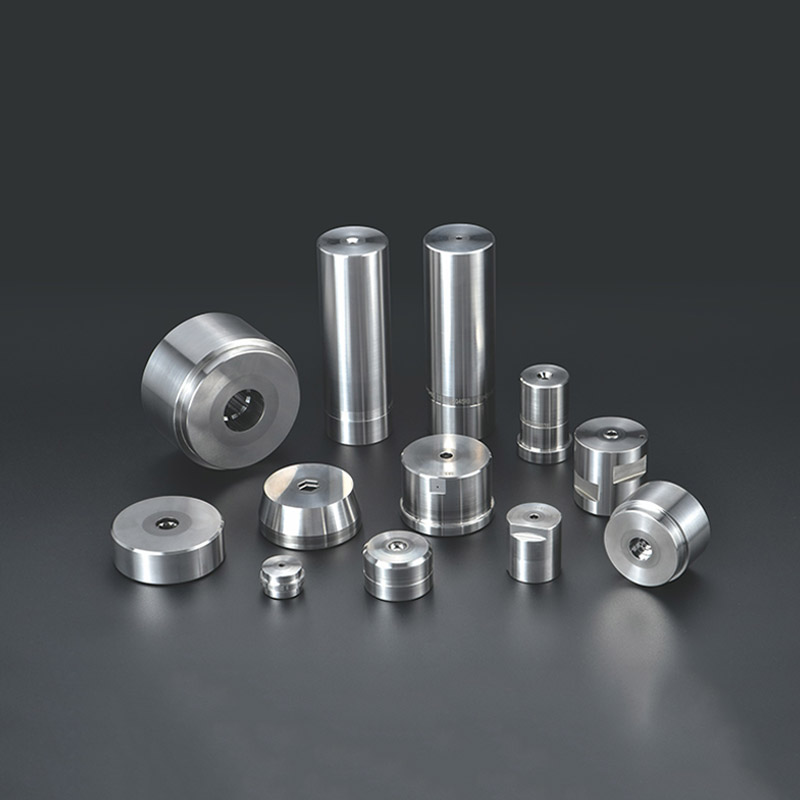Tungsten Carbide dies are precision tools used in the metal forming and cold forging industry to shape metals into various components such as fasteners, wires, rods, and tubes. Made from Tungsten Carbide, one of the hardest and most wear-resistant materials available, these dies ensure long-lasting performance, high dimensional accuracy, and consistent product quality. Unlike traditional steel dies, Tungsten Carbide Dies are particularly suited for high-volume production and hard materials that would quickly wear out conventional dies.

Materials Used in Tungsten Carbide Dies
The choice of material is critical for the performance and longevity of a tungsten carbide die. Commonly used materials include:
Tungsten Carbide: Provides exceptional hardness and wear resistance, ideal for forming hard metals like stainless steel, copper alloys, and titanium.
Cobalt Binder: Often added to tungsten carbide to improve toughness and reduce brittleness.
Surface Coatings: Such as titanium nitride (TiN) or diamond-like coatings, enhance wear resistance and reduce friction during the cold heading process.
These materials allow the die to withstand high pressures while maintaining precise tolerances, crucial for metal component production.
Steps to Make a Tungsten Carbide Die
Creating a high-quality carbide die involves multiple precision steps:
Design and Engineering:
Engineers develop a detailed 3D model of the die based on the part’s dimensions, material type, and production volume. CAD/CAM software ensures accuracy and repeatability.Material Preparation:
Tungsten carbide powder is mixed with a cobalt binder, pressed into the desired shape, and then sintered at high temperatures to form a solid die blank.Rough Machining:
Using CNC grinding or EDM (Electrical Discharge Machining), the die is shaped to near-final dimensions.Heat Treatment and Stress Relief:
Though tungsten carbide does not require traditional heat treatment, stress relief procedures are applied to minimize internal cracks and improve toughness.Precision Grinding and Polishing:
The die surface is ground and polished to achieve extremely smooth finishes and tight tolerances, essential for high-quality cold forging dies.Testing and Quality Control:
Trial runs are conducted to ensure the die produces parts with accurate dimensions, smooth surfaces, and consistent mechanical properties. Adjustments are made as necessary before full production.
Precautions When Using Tungsten Carbide Dies
Ensure proper lubrication during the cold heading process to reduce wear and prevent galling.
Avoid sudden impacts, as tungsten carbide, while extremely hard, can be brittle under shock.
Regular inspection is necessary to detect cracks, chipping, or wear, maintaining consistent metal forming quality.
Match the die type to the material; harder metals may require specially coated or customized dies to prolong life.
Applications of Tungsten Carbide Dies
Tungsten carbide dies are widely used in industries requiring precision metal forming, including:
Automotive: Manufacturing high-strength bolts, screws, and rivets for engines, chassis, and suspension systems.
Aerospace: Producing components that require high precision, durability, and fatigue resistance.
Electronics: Forming miniature pins, connectors, and fasteners for devices like smartphones and laptops.
Industrial Machinery: Producing components for heavy machinery where strength and precision are critical.
Additionally, custom tungsten carbide dies can be designed to meet unique production needs, whether for small precision components or large-scale metal component production.
A tungsten carbide die is an essential tool in modern manufacturing, combining high precision, durability, and wear resistance. Proper material selection, meticulous design, precise machining, and careful maintenance are critical to ensure optimal performance. Whether used for automotive, aerospace, electronics, or industrial applications, carbide dies enable efficient, high-volume production while maintaining superior part quality.
For manufacturers looking for long-lasting, high-performance solutions, investing in custom tungsten carbide dies or high-precision carbide tooling is the key to achieving consistent and reliable results in cold forging and metal forming processes.











